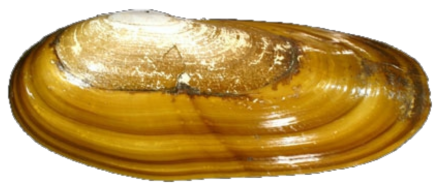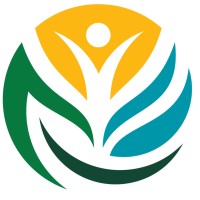Domoic Acid (a marine biotoxin) in fish and shellfish
Domoic acid (DA) is produced under certain conditions by marine algal blooms of diatoms known as Pseudo-nitzschia. DA can temporarily build up in crabs, lobsters, clams, and other fish and shellfish, making them hazardous to eat for humans, marine mammals, and birds.



DA is a potent neurotoxin that can cause symptoms in humans and marine mammals such as nausea, vomiting, and diarrhea at lower doses, and seizures, coma, irreversible memory loss (“Amnesic Shellfish Poisoning”), and death at higher doses, especially in elderly individuals. DA-related developmental neurotoxicity has been observed in wild marine mammals and at relatively low doses in a variety of laboratory animals. These findings suggest that individuals at certain life stages (such as pregnant women, young children, elderly persons) may be more sensitive to the adverse effects of DA exposure.
No confirmed human cases of DA poisoning have been reported in California. Mild cases may not be readily recognized because symptoms can present as general gastrointestinal illness. DA is considered responsible for illness and death of thousands of marine animals, particularly sea lions, in California. Learn more about Marine HAB-related illnesses in California.
OEHHA, in consultation with the California Department of Public Health, recommends closures, delay of openings, and re-openings of recreational and commercial fisheries based on high levels of toxic substances, including marine biotoxins such as DA, under Fish and Game Code Section 5523. Recommendations to close or delay the opening of fisheries are made when levels of DA meet or exceed the federal action level for this toxin. Closures, delay of openings, and re-openings are implemented by the California Department of Fish and Wildlife. Check California Department of Fish and Wildlife’s Health Advisories for Finfish, Shellfish, and Crustaceans, or call California Department of Public Health’s Shellfish Biotoxin Information Line (800-553-4133) for current advisories and closures. Recommendations for re-opening fisheries are made when DA levels fall below the action level in two successive samples collected at least 7 days apart. Memos where OEHHA's recommendations are currently in effect are available (see Downloads below). Other memos are available upon request, please email habs@oehha.ca.gov.
Frequently Asked Questions about Domoic Acid in Seafood
- Technical Resources on Domoic Acid in Seafood
- Poster: Tissue Distribution of Domoic Acid in Field-collected Crabs from the California and Oregon Coasts - presented at the North America Annual Meeting of the Society of Environmental Toxicology and Chemistry, November 2018 (PDF)
- Harmful Algal Bloom Monitoring Workshop (2018) – Workshop co-hosted by Ocean Protection Council and Ocean Science Trust, in partnership with OEHHA and other members of California’s Interagency Harmful Algal Bloom Task Force, to discuss DA monitoring for seafood safety.
- Technical Resources on Health Impacts of Domoic Acid
- OEHHA scientists published an article in “Birth Defects Research Journal” in 2024 about the developmental neurotoxicity of DA, and recommended outreach efforts that are more inclusive and health-protective of sensitive populations.
- DA was one of 22 chemicals identified for consultation with the Developmental and Reproductive Toxicant Identification Committee in 2020 under California's Proposition 65.
- Domoic Acid Webinar: Research on Effects of Repeat Low-Level Exposures and Its Implications for Human Toxicity on July 30, 2019
- Joint OEHHA/UC Davis May 2017 Domoic Acid Workshop: Evaluating the State of the Science and Implications for Human Toxicity (description and agenda available)
- Contact OEHHA HABs Program
- Phone: 916-324-7572
- Email: habs@oehha.ca.gov
More information from our partner agencies:
- California Department of Public Health – Domoic Acid webpage
- California Department of Fish and Wildlife – Health Advisories for California Finfish, Shellfish, and Crustaceans
- California Ocean Protection Council - Harmful Algal Blooms
- Ocean Science Trust – Harmful Algal Blooms and California Fisheries

Fish, Incident Response, Seafood Safety, and Harmful Algal Bloom Section
Sacramento Office
1001 I Street
Sacramento, CA 95814
Phone: (916) 324-7572
habs@oehha.ca.gov
